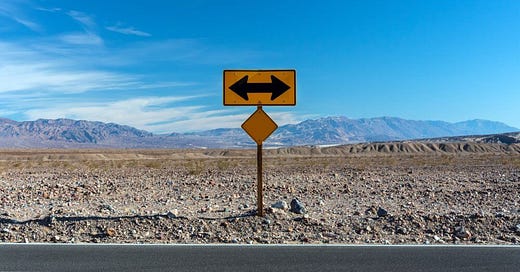Do you have a visual strategy?
During a Storytelling masterclass, my mentor at the time taught us the concept of 'Visual Strategy'.
Visual Strategy is not about the rules or restrictions you impose on yourself, such as shooting with a fixed lens or always in portrait or only in black and white.
It's about how you take the photograph. Is about whatever you put in the frame. And it's about what the viewer should think of it.
Do you manage to convey what you meant when you took the photo? Did you want the viewer to admire, wonder, be amazed? Did you want to tell a story and see if others pick it up the same way?
Everyone has a different visual answer to a question
Everyone has a different visual answer to a question. Have 10 photographers submit a photo on subject X. You get 10 different photos. The same is true if you show 10 viewers a photo. Everyone has their own personal filter, based on upbringing, education, experiences and beliefs. Based on this filter, they will form an opinion about your photo. This is hard for you to control.
However, you can help them form an opinion in a certa…
Keep reading with a 7-day free trial
Subscribe to Darkrooms to keep reading this post and get 7 days of free access to the full post archives.





